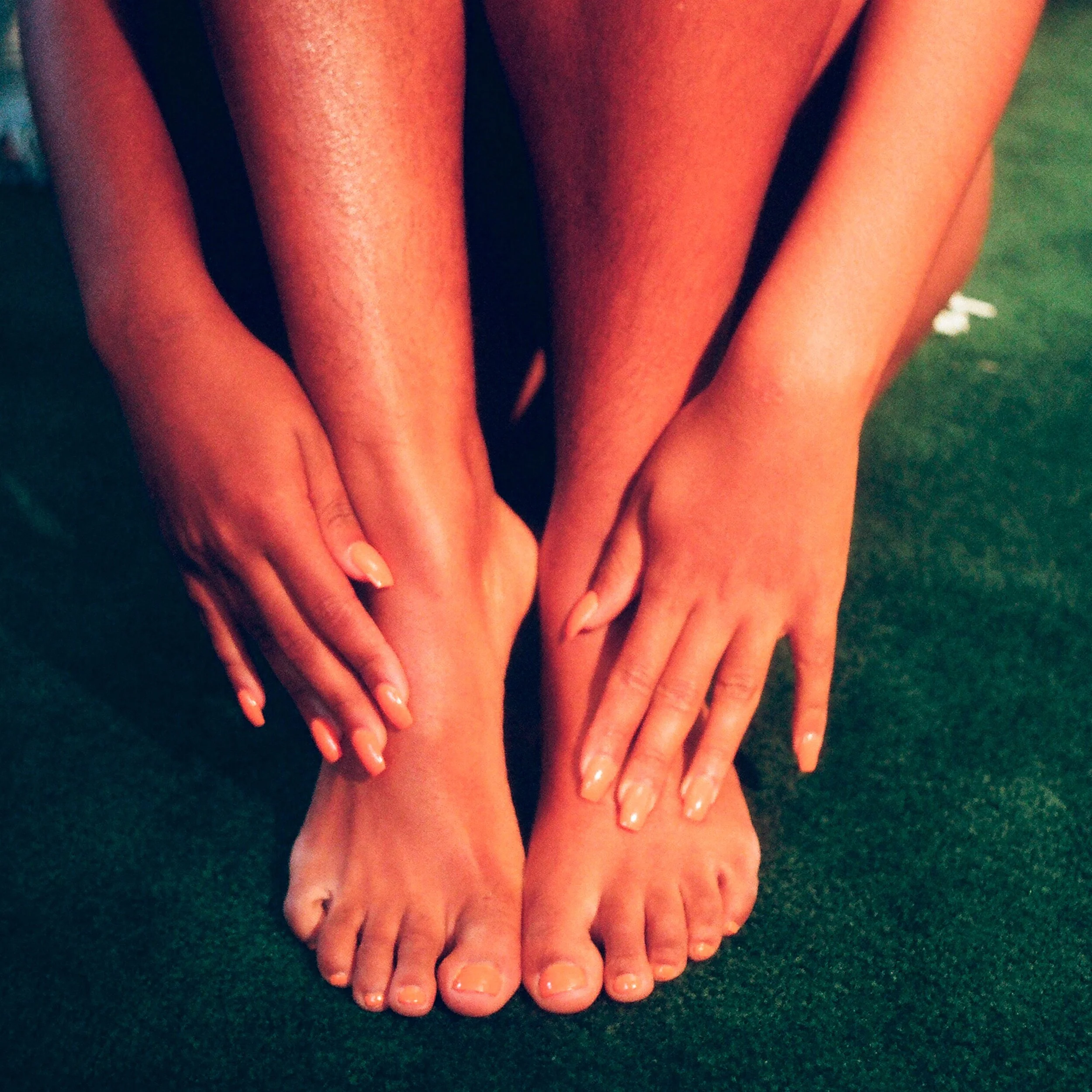
What is Reflexology
Reflexology is a non-invasive complimentary therapy treatment that is typically given on the feet, but can also be given on the hands, according to your preference.
It is thought to have first been recorded in 2330 BC, as a pictograph on the Egyptian tomb of Ankhamor.
Reflexology works on the principle that reflex points and zones on the feet correspond to the systems and organs of the body. By applying gentle pressure to those reflex points via massage and micromovement techniques, self-healing and the balance of bodily energy is encouraged, therefore bringing about internal balance and a sense of wellbeing.
The treatment experience itself generally leaves you with a deep feeling of relaxation.
Reflexology is a holistic therapy and therefore aims to treat each client as a whole person, considering mind & body, physical and emotional, rather than treating. individual symptoms.
Reflexology is a very popular holistic therapy and treatments are tailored to each individual.
It is recognised as being safe to have at any age and is regularly used in NHS settings.
Reflexology can relieve a wide variety of symptoms:
· Tension
· Anxiety
· Digestive issues e.g. Irritable Bowel Syndrome (IBS)
· Back pain / topical pain
· Headaches
· Hormonal imbalances
· Menstrual & reproductive health
· Menopausal systems
· Asthma and respiratory issues
It can also be a relaxation aid and boost immune health.
What’s the main theory behind reflexology?
The theory of reflexology is that all the systems and organs of the whole body are mirrored or reflected in smaller peripheral areas, for example the feet, hands, ears and face. These can be seen in relation to the feet by following the link to our interactive reflexology map (right).
Back in the 1920’s investigative studies regarding this concept allowed the first Western reflexology foot map to be produced. Since that time the other anatomical areas have been mapped allowing this model to be applied to the hands, ears and face.
The reflexologist simply works those reflected areas with their sensitive fingers, aiming to bring those areas back to balance and therefore aiding the body to work as well as it can. Reflexology very much works on an individual basis, the reflexologist provides professional facilitation of your body’s own potential for well-being.
While there are few available scientific studies specifically into how reflexology works, there are scientific studies that support the potential positive effects that can be achieved by touch.
